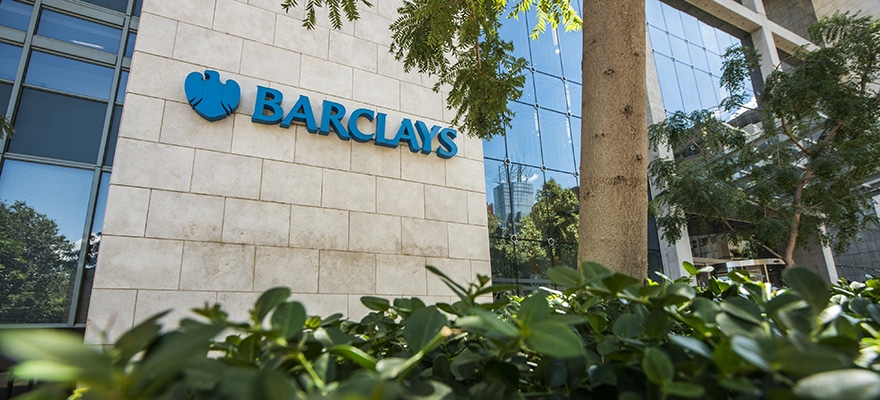Just a few weeks after US lenders posted positive Q1 earnings, many were wondering whether European banks would follow suit, given that the industry had been one of the hardest hit in 2017. Concerns over the death of the traditional European banking sector were allayed for at least one quarter however, as Barclays and UBS each saw strong earnings in Q1.
Barclays, like many other UK lenders, has been dealing with the rigors of the Brexit, with many other industry headwinds collectively eroding profits investor confidence. However, the group’s latest Q1 2017 readings showed a healthy profit before tax of $2.18 billion (£1.68 billion), easily beating last year’s figure of $705.0 million (£545.0 million).
Barclays benefited from several factors in Q1, including the appreciation of average USD and EUR against GBP of 14 percent and 11 percent respectively as well as a healthy loss in operating expenses, due in part to the execution of its restructuring plan.
UBS AG also reported a similar ascension in its profits, with Q1 2017 showing a reading of $1.92 billion (CHF 1.9 billion), up 42.0 percent year-over-year from Q1 2016. The return of profitability to both lenders is a virtual panacea, given the litany of job cuts and other cost-cutting mechanisms circulating around the banking industry over the past year.
The rise in profits was seen at other lenders, such as , helping cool talks of an industry-wide meltdown. Most lenders have been in the midst of a widespread restructuring process, part of a comprehensive plan as banks shift from traditional infrastructures and branches to a more digitized regime.
Looking closer at the latest earnings, UBS managed to see an increase in its wealth management business in the US and global segments. The lender’s flagship unit had come under fire in recent months for its sagging profits, though it did see an increase in revenues to $4.02 billion (CHF 3.98 billion) in Q1 2017 from $3.81 billion (CHF 3.77 billion) in Q1 2016 or 4.5 percent year-over-year.





Be First to Comment